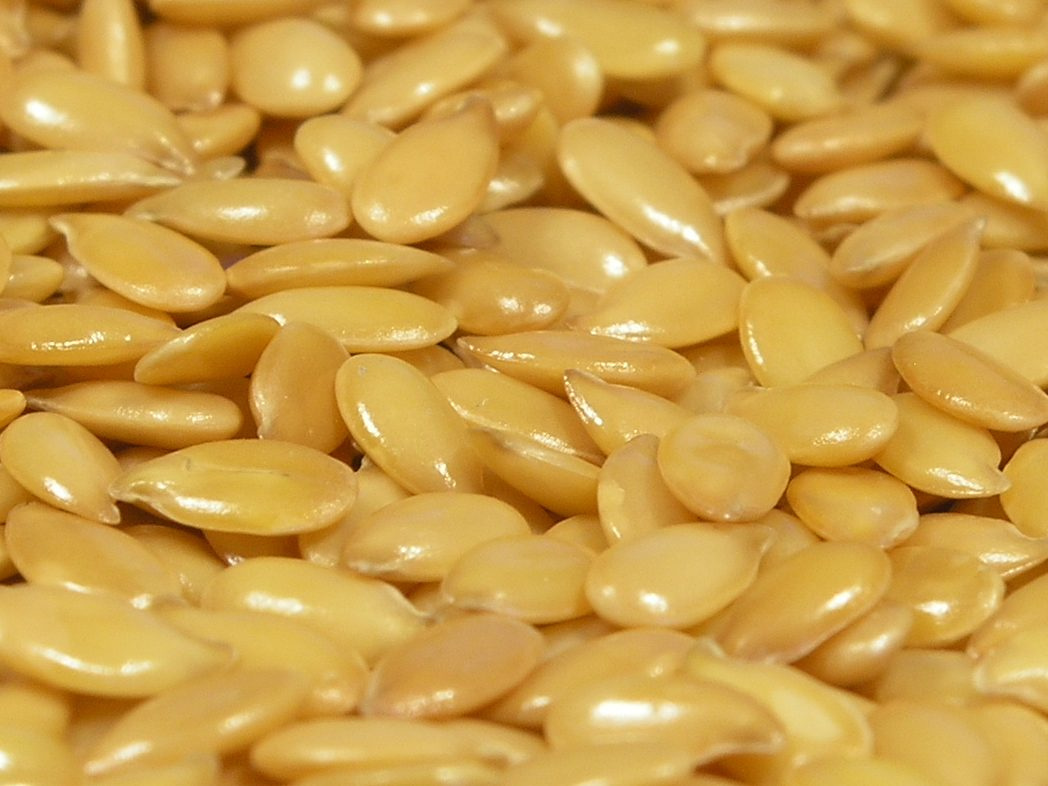What Is Metabolism?
Metabolism refers to all the chemical reactions taking place in the body to convert or use energy. A few major examples of metabolism include:
- Breaking down the carbohydrates, proteins, and fats in food to release energy.
- Transforming excess nitrogen into waste products excreted in urine.
- Breaking down or converting chemicals into other substances and transporting them inside cells.
Metabolism is an organized but chaotic chemical assembly line. Raw materials, half-finished products, and waste materials are constantly being used, produced, transported, and excreted. The “workers” on the assembly line are enzymes and other proteins that make chemical reactions happen.
Flaxseeds (otherwise called Linseeds) can support the management of metabolic disorders according to research from The Tehran University of Medical Sciences that noticed the potential in reducing cardiovascular disease, diabetes and hypertension. In a controlled, open-labelled and randomized study, the researchers looked into how “Co-administration of flaxseed with lifestyle modification and how this is more effective than lifestyle modification alone in terms of management of metabolic syndrome”.
Due to the high level of Alpha-Linolenic Acid, (ALA) which is an omega 3, soluble fiber and lignan precursors, flaxseed has become a favorite supplement. The study that involved 44 participants between the ages of 18-70, both male and female, were divided randomly into 22 participants between two groups. Supplementing with 30g of brown milled flaxseed, one of the groups took this with salad at lunch or dinner. While only one group took the flaxseed, both groups followed a 12 week controlled and guided lifestyle. After the first week, measurements were taken and clinic visits were conducted every 4 weeks.
What The Results Indicated
By blood sample analysis and body measurements, the researchers found that the percentage of participants with metabolic syndrome was significantly lower than at the baseline. When this was broken down by the groups, the individuals with metabolic syndrome had an 82% decrease, while it was 50% for the non-flaxseed group.
The researchers also pointed out that the findings for flaxseed’s insulin reduction could be beneficial through the deceleration of glucose absorption. This is caused by the high content of fiber and lignan, which has been confirmed through previous studies. Body weight, body mass index and insulin resistance were found to have been reduced, while there was an increase in insulin sensitivity in both groups. It was also noted that these changes were significantly greater in the flaxseed group when compared to the control group.
Adding Flaxseeds into the diet is therefore highly important for anyone looking to improve their general health, to maintain a stable weight and healthy metabolism in the long term. Enjoying them in a healthy breakfast bar, porridge, or added to fruit or nut dishes are some examples of how they can be added into the diet. Another is to eat flaxseed bread, flax pancakes or to add them to savory dishes such as soups and salads, etc.
Robert Redfern

